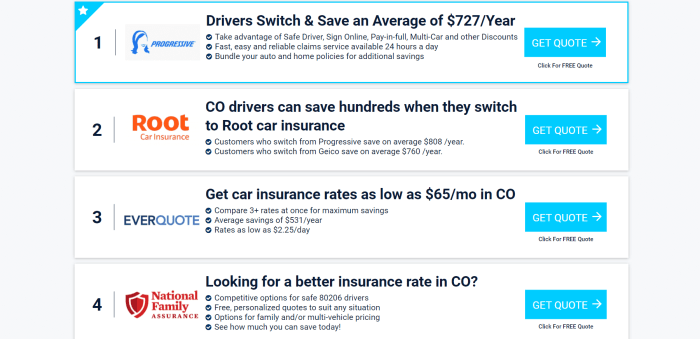The market for auto insurance is a complex landscape, and understanding the nuances of specialized policies like “protected auto insurance” is crucial for consumers seeking optimal coverage. This deep dive into protected auto insurance reviews unpacks customer experiences, pricing structures, and claim handling processes to provide a comprehensive assessment of this often-overlooked policy type.
We examine both the positive and negative aspects, revealing insights that can empower consumers to make informed decisions.
By analyzing feedback from various online platforms, we identify recurring themes and delve into the underlying reasons behind both positive and negative customer experiences. This analysis considers the impact of demographics, pricing comparisons, and future trends to offer a holistic view of the protected auto insurance market.
The goal is to equip readers with the knowledge to navigate this specialized sector with confidence.
Future Trends and Predictions

The protected auto insurance market is poised for significant transformation in the coming years, driven by technological advancements, evolving consumer expectations, and shifting regulatory landscapes. These changes will inevitably impact customer reviews, satisfaction levels, and the overall competitive landscape.The convergence of data analytics, telematics, and artificial intelligence is reshaping the industry’s ability to assess risk, personalize pricing, and deliver more proactive services.
This will lead to a more nuanced understanding of driver behavior and risk profiles, potentially resulting in more equitable and customized insurance products.
Impact of Telematics and Data Analytics
Telematics devices and data analytics are already transforming how insurers assess risk. By monitoring driving behavior—speed, braking, acceleration, mileage—insurers can create more accurate risk profiles, leading to potentially lower premiums for safe drivers. This increased personalization, however, requires transparent communication with customers about data collection and usage to maintain trust and avoid negative reviews related to perceived privacy violations.
For example, companies like Progressive have already implemented usage-based insurance programs, showing the growing trend of data-driven risk assessment. The success of these programs depends on effective communication of benefits and data privacy assurances to customers. Negative reviews stemming from data breaches or unclear data usage policies could significantly impact customer satisfaction.
The Rise of AI-Powered Claims Processing
Artificial intelligence is rapidly being integrated into claims processing. AI-powered systems can automate tasks such as initial damage assessment, fraud detection, and claim settlement, resulting in faster and more efficient claims handling. This improved efficiency can significantly boost customer satisfaction by reducing processing times and improving the overall claims experience.
However, the implementation of AI must be carefully managed to avoid errors and ensure fairness. Negative reviews resulting from AI-driven inaccuracies or biases in claim settlements could severely damage an insurer’s reputation. A successful implementation necessitates rigorous testing and validation of AI algorithms to minimize potential errors and ensure equitable outcomes.
For instance, a hypothetical scenario where an AI system consistently underestimates damage costs in certain demographics could lead to widespread negative feedback and legal challenges.
Autonomous Vehicles and Their Influence
The increasing prevalence of autonomous vehicles presents both challenges and opportunities for the protected auto insurance market. While the potential for fewer accidents due to improved safety features is significant, the liability landscape surrounding accidents involving autonomous vehicles is still evolving.
Insurers will need to adapt their policies and pricing models to account for the unique risk profiles associated with self-driving cars. Clear and transparent communication about coverage for autonomous vehicles is crucial to avoid confusion and negative customer feedback.
Companies will need to develop new underwriting models and potentially offer specialized insurance products to address the specific risks and complexities associated with this technology. For example, a clear definition of liability in the event of an accident involving an autonomous vehicle will be crucial for customer satisfaction.
Outcome Summary

Ultimately, the landscape of protected auto insurance reviews reveals a market with both significant potential and areas needing improvement. While many customers praise the specialized coverage and tailored protection, concerns remain regarding pricing transparency, claim handling efficiency, and consistent customer service.
By understanding these diverse perspectives and anticipating future trends, both insurers and consumers can work towards a more equitable and effective system. The data suggests a clear need for increased transparency and improved communication to foster greater trust and satisfaction within the protected auto insurance sector.

